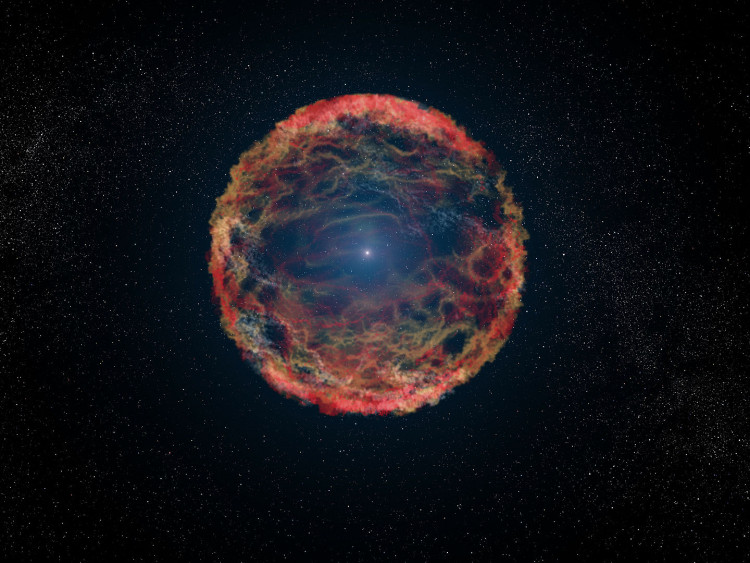NASA's future astrophysics mission will be a gamma-ray telescope to explore the formation of chemical elements in the Milky Way.
The space agency announced on Oct. 18 that the Compton Spectrometer and Imager (COSI) spacecraft will be developed as its next small Explorer, or SMEX, astrophysics mission. COSI, which will be supervised by John Tomsick of the University of California, Berkeley, will be launched in 2025.
In 2019, NASA received 18 telescope ideas for its Astrophysics Explorers Program, of which four were chosen for mission concept research. Following a thorough evaluation of these studies by a panel of scientists and engineers, NASA decided to move forward with COSI development.
COSI is intended to detect soft gamma rays with intensities ranging from 0.2 to 5 million electron volts. These experiments are planned to examine gamma rays produced by the annihilation of positrons, the antimatter version of electrons, as well as why such emissions are concentrated towards the galaxy's core. It will also look at nucleosynthesis, or the formation of heavier elements during supernova explosions.
"COSI will answer questions about the origin of the chemical elements in our own Milky Way galaxy, the very ingredients critical to the formation of Earth itself," Thomas Zurbuchen, NASA associate administrator for science, said in a statement about the selection of the mission.
COSI was one of four finalists in the most recent SMEX competition, and it was awarded funding in March 2020 for preliminary research. Another candidate was the Extreme-ultraviolet Stellar Characterization for Atmospheric Physics and Evolution (ESCAPE), a stand-alone mission that would have investigated for ultraviolet flares around neighboring stars.
The Gravitational-wave Ultraviolet Counterpart Imager Mission and the LargE Area Burst Polarimeter (LEAP), an instrument that would have been placed on the International Space Station, were the other two "missions of opportunity."
COSI drew on the project team's previous experience with a similar instrument flown on high-altitude balloons, most recently in 2016. The instrument, known as a Compton telescope, will be carried on a spacecraft in low Earth orbit for the upcoming mission.
COSI is expected to cost $145 million, not including launch. NASA will choose the mission's launch services at a later date.
COSI was chosen by NASA as the previous astrophysics SMEX project approaches launch. The Imaging X-ray Polarimetry Explorer (IXPE) satellite will be launched from Florida on a SpaceX Falcon 9 rocket on Dec. 9.






